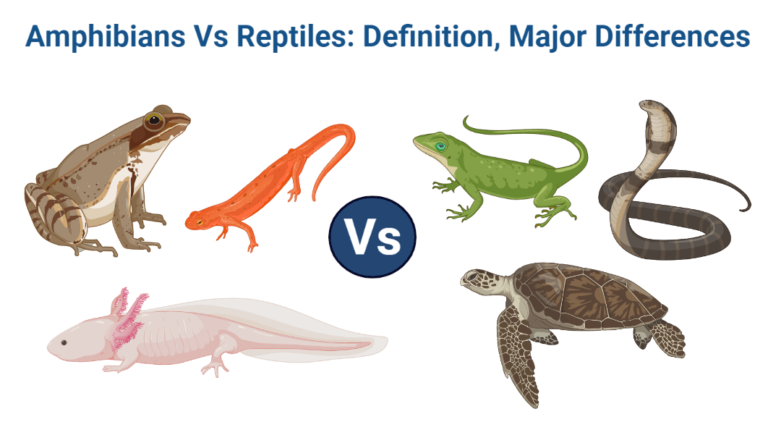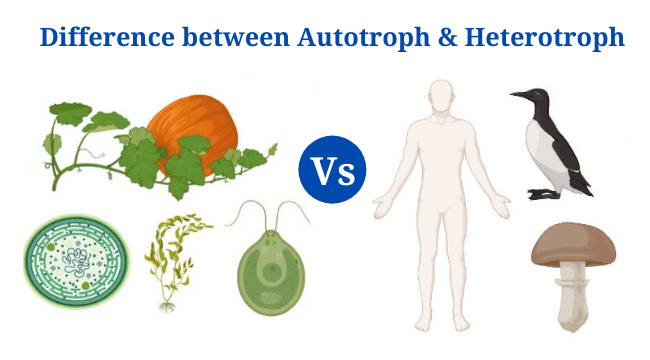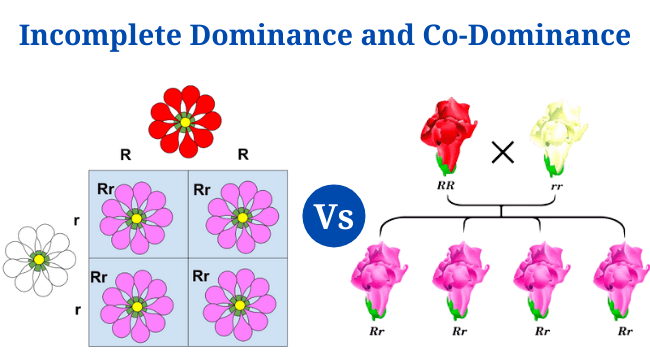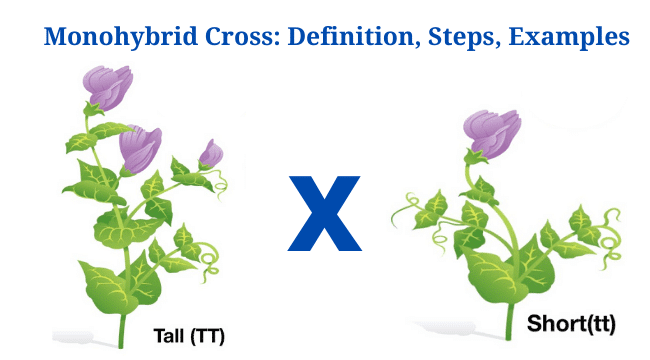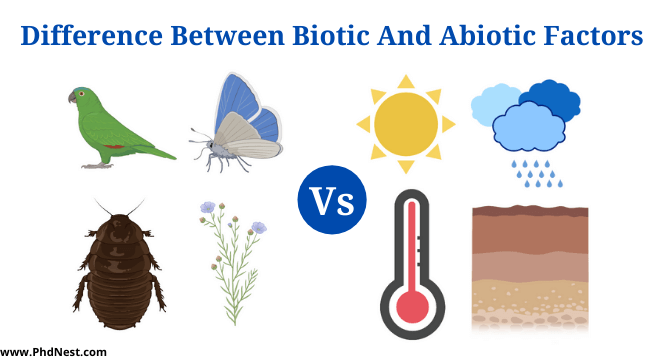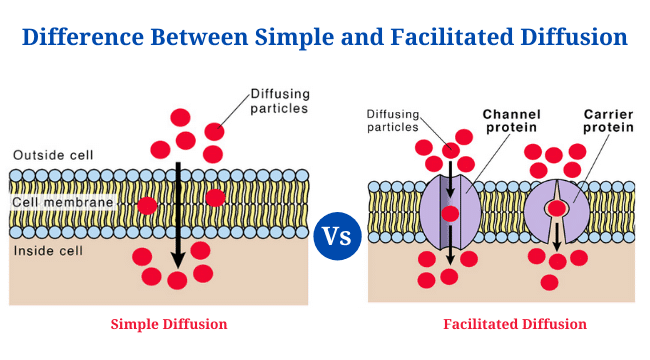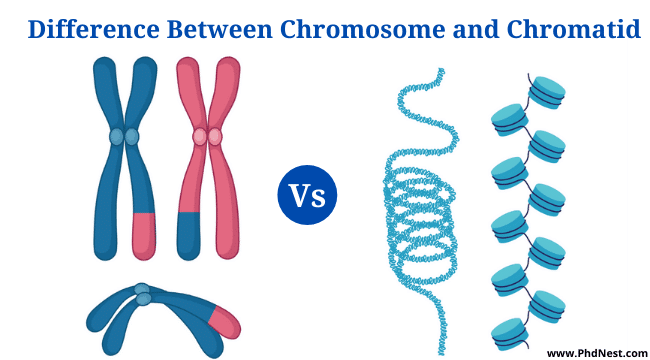13+ Differences Between Primary and Secondary Immune Response
Primary and Secondary Immune Responses: What’s the Difference? During an initial immune response, antigen activates naive B cells, which then develop into antibody-secreting cells which make antibodies unique for the antigen that triggered the response. While the same antigen stimulates memory B cells, a secondary immunological response is induced, resulting in the generation of more specific … Read more



